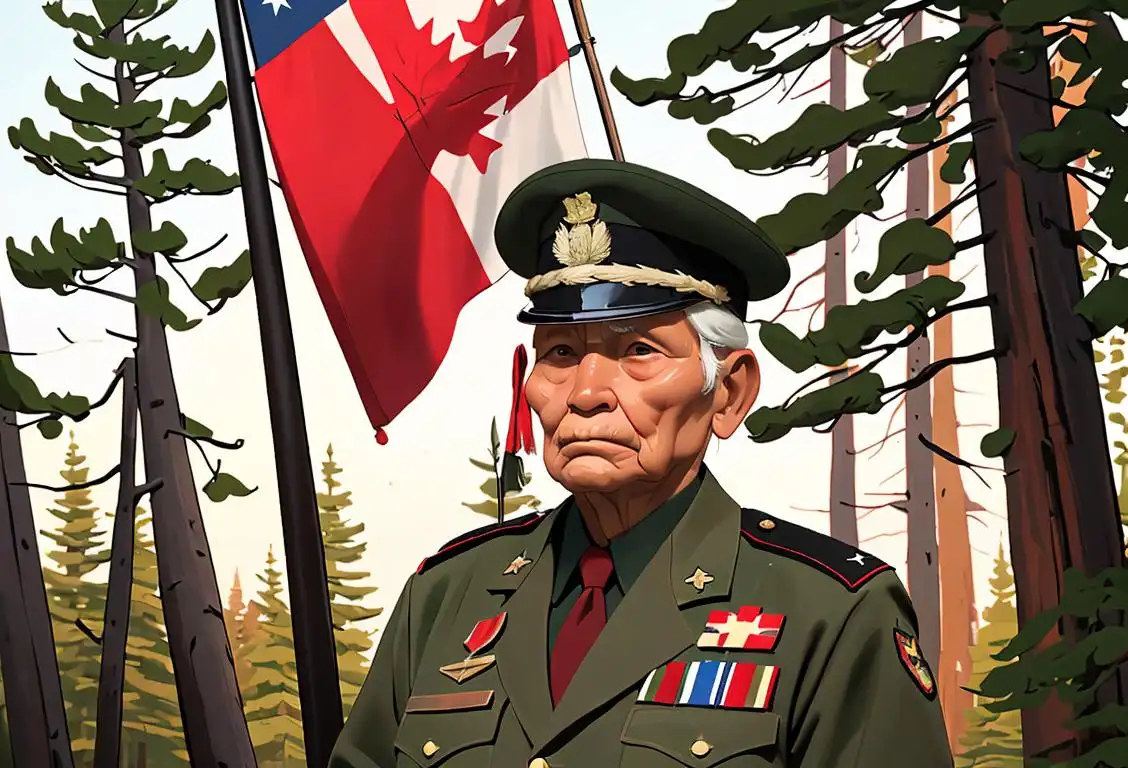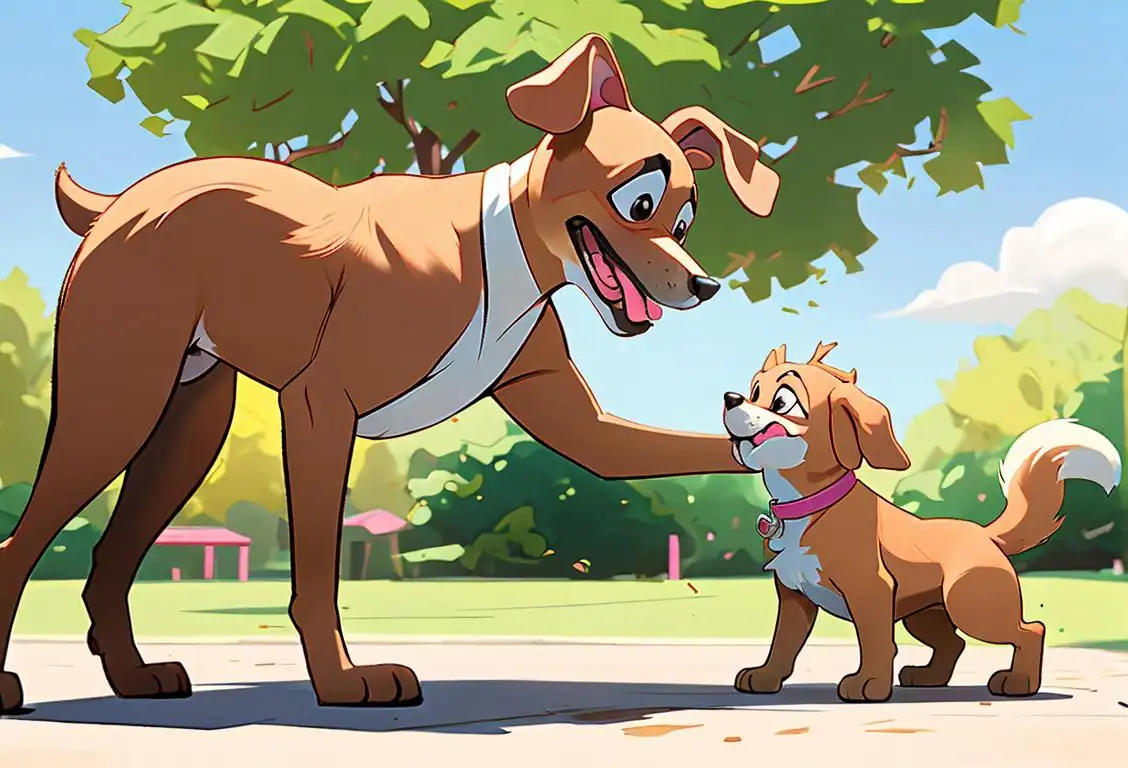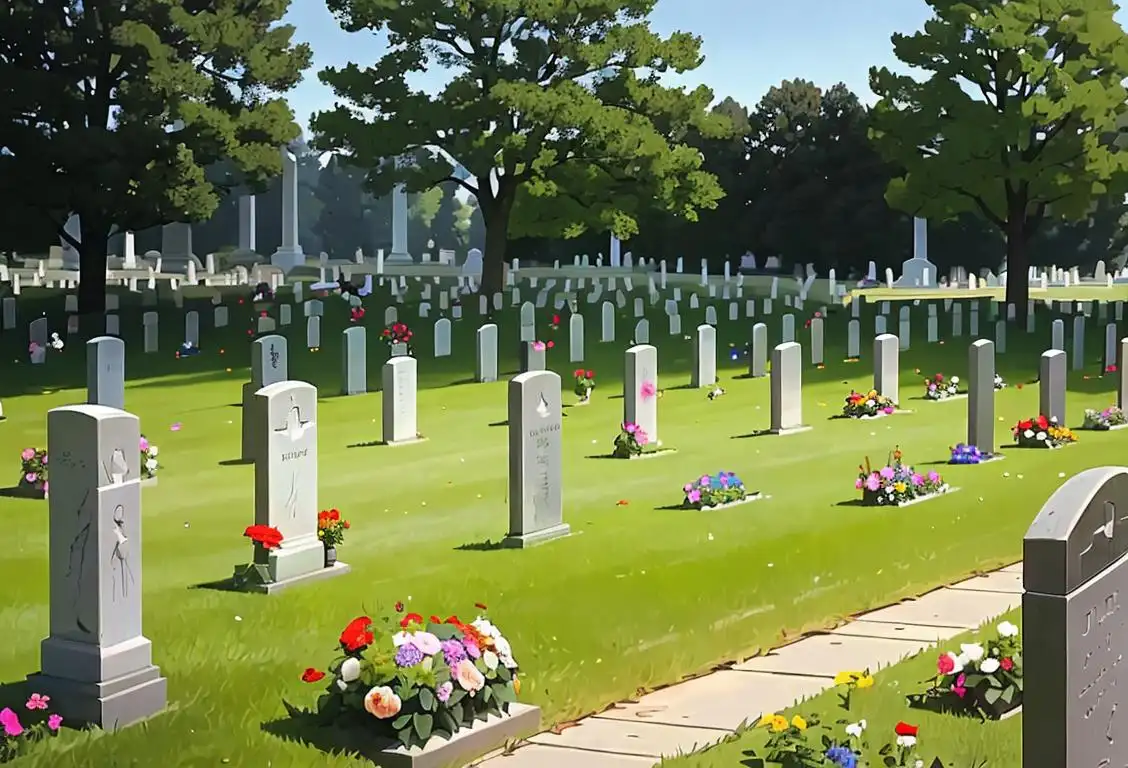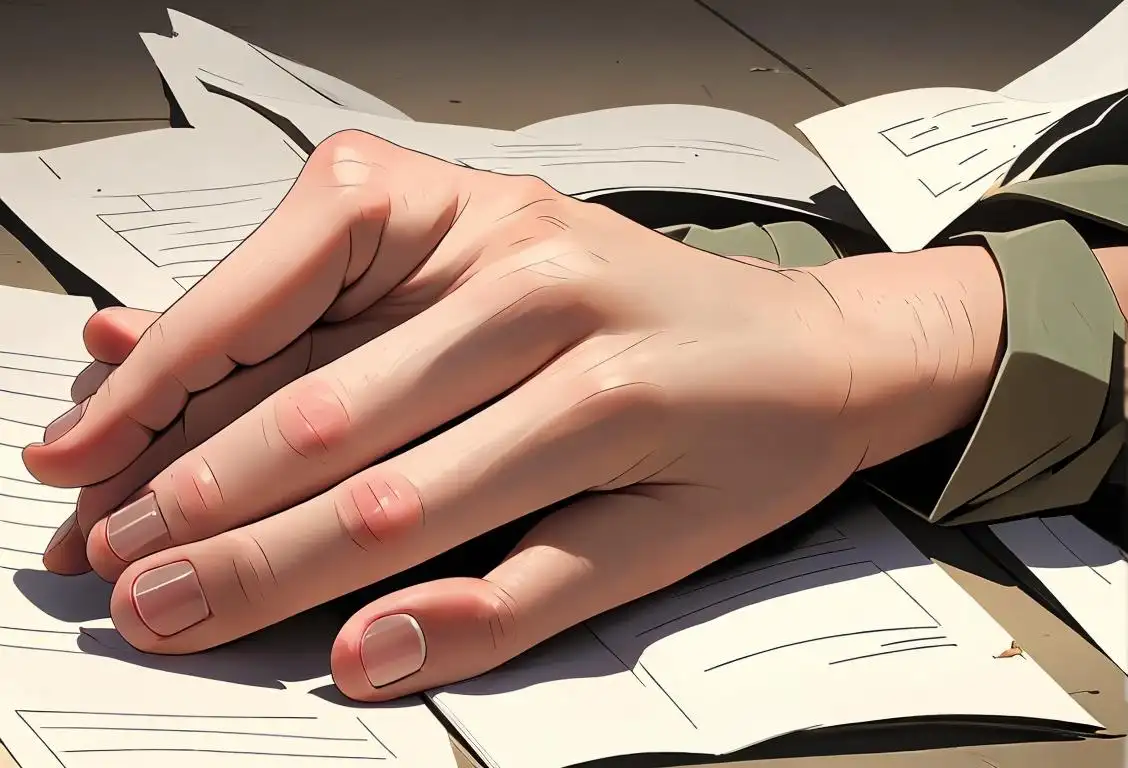National Indigenous Veterans Day

Have you ever heard of National Indigenous Veterans Day? It's a day where we honor and celebrate the incredible contributions and sacrifices made by Indigenous veterans. Let's dive into the fascinating history behind this national day!
When is Indigenous Veterans Day?
It's national indigenous veterans day on the 8th November.
Origins of National Indigenous Veterans Day
National Indigenous Veterans Day, observed on November 8th, is a relatively new addition to the list of national days. Although its origins can be traced back decades, it officially became recognized across Canada in 1994.
The idea behind National Indigenous Veterans Day is to acknowledge and pay tribute to the bravery, resilience, and dedication of Indigenous men and women who have served—or continue to serve—in the military. It is a day to remember and honor their sacrifices, which often go unrecognized.
Why November 8th?
November 8th holds historical significance as it marks the end of World War I. On this day in 1917, the Canadian government enfranchised Indigenous people to vote in federal elections, following their participation in the war effort. This marked a significant step towards recognizing the rights and contributions of Indigenous peoples.
Since then, November 8th has been recognized as a day of remembrance for Indigenous veterans. It allows us to reflect on the impact of colonization, the fight for equality, and the shared history of Indigenous peoples and the armed forces.
How to Celebrate National Indigenous Veterans Day
There are various ways to show your support and appreciation for Indigenous veterans on this significant day. Attending local commemorative events, visiting veteran memorials, or participating in virtual ceremonies are just a few ways to honor their service.
Additionally, you can take the time to educate yourself and others about the contributions of Indigenous veterans throughout history. Share their stories and encourage dialogue surrounding their experiences.
Did You Know?
On National Indigenous Veterans Day, it's traditional to wear red instead of the customary poppy. The red represents the color of the Earth in many Indigenous cultures, symbolizing the connection to the land and the sacrifices made for it.
History behind the term 'Indigenous Veterans'
1775
The Creation of the Continental Army
During the American Revolutionary War, the Continental Army was formed in 1775 to fight against the British. Indigenous people from various tribes, including the Oneida, Tuscarora, and Stockbridge-Munsee, joined the army to support the American cause. Their contribution marked the early involvement of indigenous people in military service.
1812
Indigenous Warriors in the War of 1812
In the War of 1812, indigenous warriors played a significant role on both sides. Many Native American tribes fought alongside the British forces as part of the Indigenous Confederacy, aiming to protect their territories from American expansion. On the American side, indigenous warriors like the Choctaw and Creek tribes fought in support of the United States, highlighting their complex relationship with the colonizers and their willingness to defend their interests.
1862
Indian Home Guard Units during the Civil War
During the American Civil War, some indigenous tribes formed Indian Home Guard units to serve on behalf of the Union. These units consisted of volunteers from tribes such as the Cherokee, Creek, and Seminole. By fighting alongside Union forces, these indigenous veterans showcased their loyalty to the United States and their commitment to protecting their communities.
1917
Indigenous Contributions in World War I
World War I saw a significant number of indigenous people enlisting in the military. Native Americans, Alaska Natives, and First Nations members from Canada volunteered to fight for their respective countries. Notably, the Choctaw Nation of Oklahoma played a crucial role in developing an encrypted code based on their native language to aid communication and secure vital information during the war, laying the foundation for future code talker programs.
1942
Code Talkers in World War II
During World War II, indigenous veterans known as code talkers played a pivotal role as radiomen in the U.S. military. Utilizing their native languages, these individuals developed codes that were nearly indecipherable to enemy forces. The Navajo code talkers, the most famous group, transmitted vital messages in their native language, creating an unbreakable code that greatly contributed to the Allied victory in the Pacific theater.
1992
National Native American Veterans Memorial
In 1992, the National Museum of the American Indian Act was signed into law, leading to the establishment of the National Museum of the American Indian. As an integral part of the museum, the National Native American Veterans Memorial was officially dedicated on November 11, 2020, to honor the contributions and sacrifices of indigenous veterans throughout history. This memorial serves as a powerful symbol of recognition and respect for their service.
Did you know?
On National Indigenous Veterans Day, it's traditional to wear red instead of the customary poppy. The red represents the color of the Earth in many Indigenous cultures, symbolizing the connection to the land and the sacrifices made for it.Tagged
awareness remembranceFirst identified
8th November 2017Most mentioned on
8th November 2020Total mentions
935Other days
Remembrance Day
Camera Day
Law Enforcement Day
Hiv Testing Day
Medal Of Honor Day
Rescue Dog Day
Cemetery For Memorial Day
Former Prisoner Of War Recognition Day
Foundation Day
Prisoners Of War Remembrance Day









